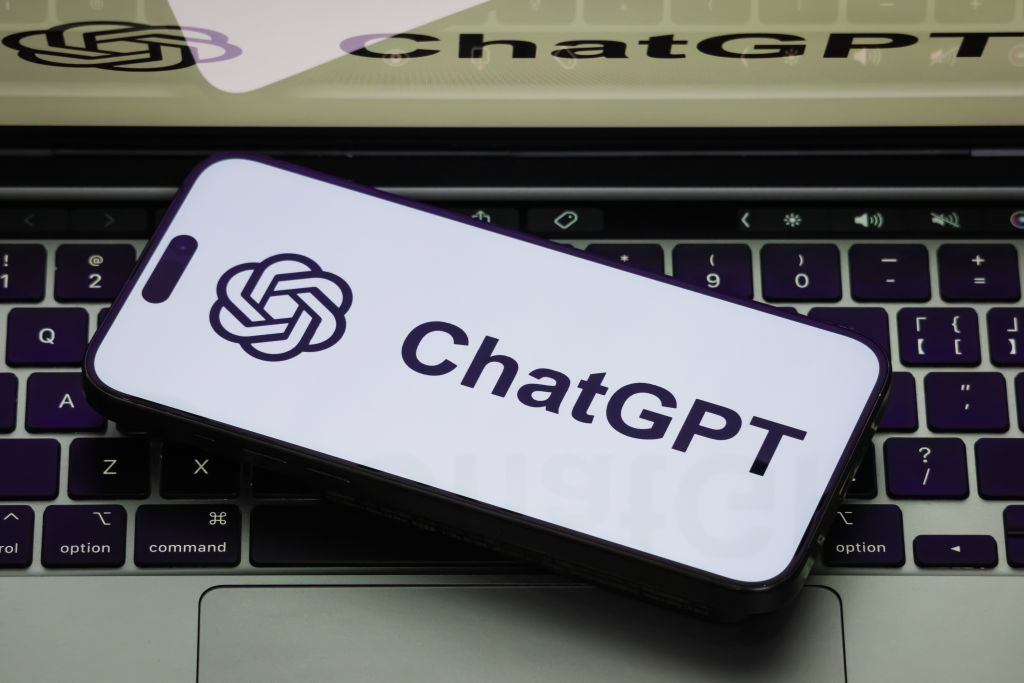From the workplace to classrooms to personal use, AI is being woven into how society works and communicates. Among the most widely used tools is ChatGPT.
Recently, the chatbot’s creator, OpenAI, came under fire after a 16-year-old California teen took his own life, according to the BBC.
As adoption grows, so do the questions around how to protect users and ensure responsible engagement with the technology.
Why AI Safety Matters
As AI becomes more integrated into education, workplaces and personal life, the stakes of safety grow higher.
Forbes reports that concerns about the technology range from bias and data privacy to misinformation. According to the BBC, a recent lawsuit claimed that interactions with ChatGPT may have encouraged 16-year-old Adam Raine to take his own life. Per the outlet, Raine discussed suicidality with the chatbot and even shared images of self harm. Despite recognizing Raine’s messages as a medical emergency, the chatbot continued to engage with him.
Raine’s passing has raised concerns about proper safety measures for AI.
Tools OpenAI Has Introduced
OpenAI has announced a series of measures aimed at making ChatGPT safer for users of all ages:
Parental Controls: Parents will soon be able to link their accounts with their teens, set age-appropriate response rules, and manage features like memory and chat history. They will also receive notifications if the system detects signs of “acute distress” in their child’s conversations.
Expert Councils: OpenAI has convened a council of experts in youth development, mental health and human-computer interaction. This group helps shape an evidence-based vision for AI well-being and future safeguards.
Global Physician Network: A network of more than 250 physicians worldwide will contribute insights on how AI should respond in sensitive health contexts, including eating disorders and mental health.
Reasoning Models: OpenAI has developed reasoning models designed to handle sensitive topics with more caution, resisting harmful prompts and more consistently applying safety guidelines.
ChatGPT Safety Concerns And Criticisms
Despite these efforts, not everyone is convinced.
As the BBC reported, the California family suing OpenAI after the loss of their teenage son argued that new parental controls are not enough, calling them a “crisis management” response rather than genuine reform. They allege that ChatGPT validated their son’s harmful thoughts, highlighting how critical it is for safeguards to work as intended.
Broader safety concerns are also shaping industry-wide responses. The BBC reports that companies such as Meta are introducing stricter rules to block AI chatbots from discussing suicide, self-harm or eating disorders with teenagers. Meanwhile, legislative changes like the UK’s Online Safety Act are forcing technology firms to strengthen protections across platforms.
The Path Forward
The conversation about AI and safety is ongoing. Tools like parental controls, expert networks and advanced reasoning models represent progress, but they also raise questions: Are these protections proactive enough? Can AI companies respond quickly to risks that emerge in real time?
What is clear is that AI safety cannot be an afterthought. Whether through legal challenges, new regulations or evolving community standards, the pressure is mounting for companies to create trustworthy systems that protect vulnerable users.
The post OpenAI Faces Pressure After Teen’s Suicide Raises Safety Concerns appeared first on AfroTech.
The post OpenAI Faces Pressure After Teen’s Suicide Raises Safety Concerns appeared first on AfroTech.

